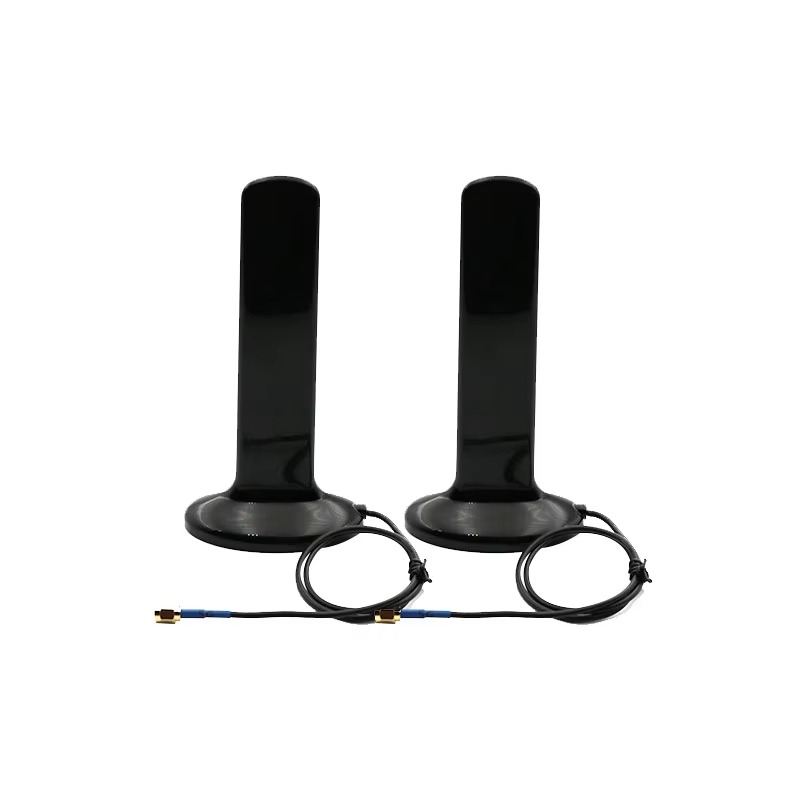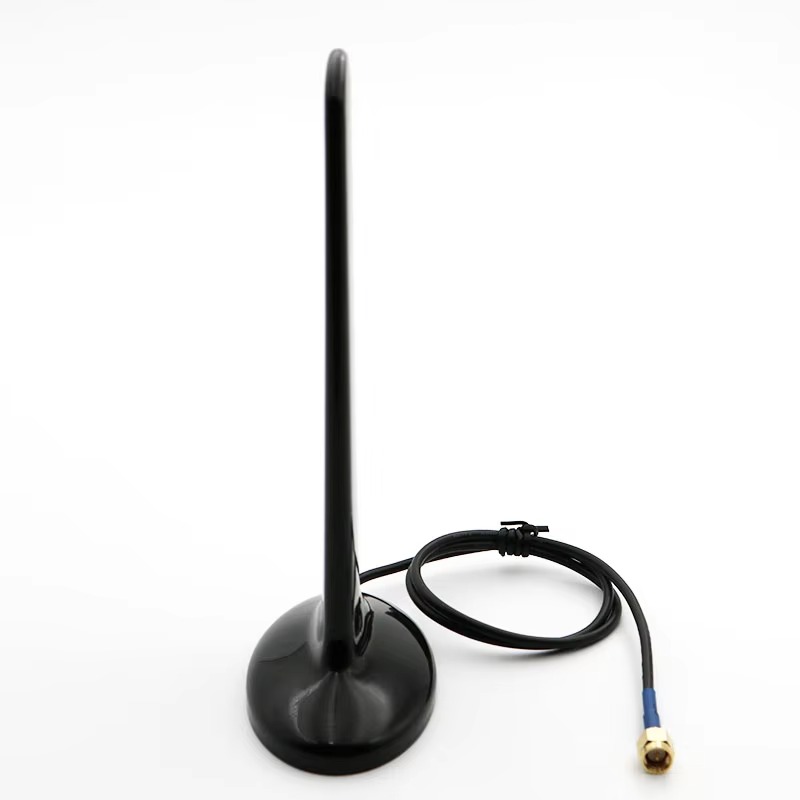The 4G WiFi GPS combination antenna has become a foundational component across a diverse spectrum of industries, enabling connectivity, location, and data exchange. Its applications are vast and growing, and its evolution is tightly coupled with the advancement of wireless technologies.
Applications:
Consumer Electronics: This is the most visible application.
Smartphones and Tablets: The quintessential use case, where space is at an absolute premium.
Laptops and Ultrabooks: Providing always-connected mobile broadband and location services for productivity on the go.
Wearables: Advanced smartwatches and trackers use them for standalone cellular connectivity and GPS tracking without tethering to a phone.
Automotive and Telematics:
Connected Cars: Modern vehicles feature "shark-fin" antennas on the roof that are almost invariably combination antennas. They provide LTE connectivity for infotainment (streaming, traffic updates), GPS for navigation, and WiFi for creating an in-car hotspot.
Fleet Management: GPS tracking and cellular data transmission are essential for monitoring vehicle location, fuel usage, driver behavior, and asset security in real-time.
Emergency Call Systems (eCall): Mandated in the EU and other regions, these systems automatically place an emergency call and transmit GPS location data after a crash.
Internet of Things (IoT) and M2M:
Smart Meters: Combination antennas allow meters to report usage data via cellular networks and receive firmware updates over WiFi, all while using GPS for precise time synchronization.
Industrial Monitoring: Sensors in remote locations (e.g., environmental sensors, equipment health monitors) use these antennas to transmit data via 4G and tag readings with precise GPS coordinates.
Digital Signage and Kiosks: Enable remote content management over cellular/WiFi and use GPS for location-specific content triggering.
Transportation and Logistics:
Asset Tracking: Containers, trailers, and high-value packages are tracked across the globe using combination antennas for GPS location and cellular data reporting.
Public Transportation: Provides passenger WiFi, real-time location tracking for schedules, and operational data for fleet managers.
Marine and Aviation:
Recreational Boats: Provide navigation (GPS), weather updates, and internet access (4G) while near shore.
Drones (UAVs): Critical for receiving precise GPS coordinates for positioning and flight planning, while using a 4G or WiFi link for long-range control and transmission of video/data.
Future Trends:
Integration of 5G NR: The most significant trend is the evolution from 4G to 5G New Radio (NR). 5G introduces new, higher frequency bands (e.g., 3.5 GHz C-band and millimeter-wave bands like 28 GHz). Future combination antennas will need to integrate 5G elements, which will be immensely challenging due to 5G's massive MIMO (Multiple Input Multiple Output) requirements and the need for even more precise beamforming at mmWave frequencies.
Advancements in Filtering Technology: To handle the increased spectrum congestion and prevent even more severe desense issues, future antennas will incorporate more advanced filtering solutions, such as Bulk Acoustic Wave (BAW) or Surface Acoustic Wave (SAW) filters integrated directly into the antenna module, offering sharper rejection of unwanted signals.
Antenna-in-Package (AiP) and Embedded Antennas: As devices shrink further, the antenna will become even more integrated with the semiconductor package of the modem itself, particularly for mmWave 5G. This "Antenna-in-Package" technology represents the next level of miniaturization.
Reconfigurable and Active Antennas: Future antennas may move beyond passive elements to become active, software-defined systems. Using tunable capacitors and switches, a single physical antenna could dynamically adjust its frequency response and radiation pattern in real-time to prioritize a specific band or technology based on demand, vastly improving efficiency.
Enhanced GNSS Support: Beyond just GPS, future antennas will be designed to receive signals from all global navigation satellite systems (GNSS) simultaneously—such as GLONASS (Russia), Galileo (EU), and BeiDou (China)—for unparalleled accuracy, redundancy, and reliability, especially in urban canyon environments.
The future of the combination antenna is one of increasing complexity and capability. It will remain at the heart of connectivity, evolving from a simple multi-band passive device into an intelligent, active, and software-defined system that is fundamental to realizing the full potential of 5G and the hyper-connected IoT world.
Conclusion
The 4G WiFi GPS combination antenna is a remarkable feat of engineering that perfectly encapsulates the ethos of modern technology: doing more with less. It is a critical enabler that sits at the intersection of the physical and digital worlds, acting as the gateway through which our devices access the essential services of communication, data, and location. Without this integrated solution, the sleek, minimalist form factors of today's smartphones, laptops, and connected vehicles would be impossible to achieve.
Its development was not born out of mere convenience but out of necessity. The relentless drive for miniaturization and multi-functionality in consumer and industrial electronics forced a convergence of RF technologies that are naturally prone to interfering with one another. This presented engineers with a formidable challenge—orchestrating electromagnetic harmony within a space smaller than a postage stamp. Through innovative design, sophisticated filtering, and a deep understanding of electromagnetic principles, they successfully created a component that allows these diverse wireless signals to coexist and operate concurrently with remarkable reliability.
The applications of this technology are now woven into the fabric of daily life and global industry. From guiding emergency services to an accident scene via eCall, to tracking a package across continents, to allowing a family to stream movies on a road trip, the combination antenna works silently in the background, making modern connectivity seamless and intuitive.
Looking forward, the role of the combination antenna will only grow in importance and complexity. The transition to 5G, with its broader spectrum and new technological paradigms like massive MIMO and beamforming, will demand a new generation of even more advanced combination antennas. These future iterations will likely be active, reconfigurable systems, moving beyond their passive origins to become intelligent managers of the radio spectrum.
In conclusion, the 4G WiFi GPS combination antenna is far more than a simple component; it is a testament to human ingenuity in overcoming physical limitations. It is a foundational technology that has empowered the connected age, and its continued evolution will be pivotal in shaping the next chapter of wireless communication, driving progress toward a truly ubiquitous and intelligent networked world.




































































 Language
Language
 En
En Cn
Cn Korean
Korean

 Home >
Home > 







 18665803017 (Macro)
18665803017 (Macro)













